How Judges Decide Who Takes Home Synchro Gold
The four S’s – synchronization, spacing, speed and strength – were on championship display at the 2015 ISU World Synchronized Skating Championships at FirstOntario Place in Hamilton, Ontario on Friday, April 10 and Saturday, April 11th. Relive the short and free program performances from the world’s premier synchronized skating teams, including the gold medal performances from Canada’s NEXXICE of Burlington, Ontario.
Read below to learn how the judges determined who deserved to take home the gold medal.
Synchronized Skating – The Secret Weapon
After slightly more than 30 years as an official discipline, synchronized skating is still relatively unknown outside the circle of skating. With the world’s best synchronized skating teams competing for the global title in Hamilton in April, the sport is quickly finding its place in the spotlight … and hopefully someday soon into the Olympic Games.
Skating fans have been so entrenched in the traditional disciplines of singles, pairs and ice dance that it has taken time for this fifth on-ice member of the skating family to gain recognition and credibility. Thanks in part to huge interest here at home, Canada has been a giant force in helping develop synchronized skating and bringing it to the international stage.
So what exactly is “synchro” and how does it differ from the other forms of skating we already know and love?
Think team skating.
With teams of eight to twenty skaters on the ice performing fast-paced and intricate moves side-by-side at the same time, the sport requires nerves of steel, adaptability, control, confidence and teamwork. Just like in other skating disciplines, speed, power, edge work, skating skills and choreography are important but so are additional technical elements like accuracy of formations (see below), transitions, and precision of movement within the team. Consider how difficult all those goals are to achieve with only two people on the ice in pairs and dance, then add in additional skaters and more hard stuff to do … and you’ll have a much clearer idea what the sport is all about, why it’s so difficult and why it’s growing in popularity around the world.
Many involved countries have their own version of a synchro program which starts with introducing young skaters to the experience and benefits of belonging to this specialized area of the sport. As part of a team, every skater can enjoy the thrill of competition and the success that comes from participating. But be warned! Like skating anywhere, once the synchro bug gets hold, what may start out simply as wanting to learn to skate for fun can become seriously competitive!
To attract members, Canada’s synchro program starts early through a gamut of stages of expertise, Beginner through various levels to Junior, Senior and Adult, each one based to some extent on age and ability. Teams may form merely for fun and recreation, like for an appearance in an ice show, or they may take a more serious route with competitive goals, auditions, fund-raising, long-range commitment and extensive training on and off the ice.
To align high level synchro competition with other skating events, junior and senior teams must compete in short and free programs, each with required elements to ensure a well-balanced program. Performances are judged using the International Judging System where the Technical Score is based on the difficulty of the element and the quality of its execution, and the Program Components score reflecting the quality of skating skills, performance, choreography, transitions and musical interpretation.
Sound familiar?
As similar as the structure of these events may be to traditional competition, you won’t see triple jumps or complicated spins during synchro … or at least not yet. Although these elements will likely come to the sport eventually, what you will see today is some of the most technically demanding skating and creative choreography on the planet.
In synchro, keeping in mind that every element should be skated in unison with speed, power and control and with maximum ice coverage, here are the basic formations to look for.
Line: one line, parallel lines or diagonal lines
Block: a rectangular formation with a minimum of three parallel lines covering the length of the ice with lines close together and skaters evenly spaced
Circle: a consistently round shape rotating for at least 360°, skaters evenly spaced with no pulling or tugging between individuals
Spin: solo spins performed in unison with a minimum of 3 revolutions
Intersection: one half of the team intersects individually with the other half
Wheel: formation must rotate at least 360° where all skaters rotate around a common point, like spokes of a wheel
Group Lift: two or more skaters will lift one or more skaters to any height and set them back down
Creative: innovative movements, free skating elements or moves that reflect the music, performed individually, as pairs or as groups
Moves: a flowing sequence of at least 3 different skating movements, e.g. spirals, Bauers, spread eagles, etc. skated with strong edges and linking steps
No Holds: similar to a block formation except the skaters are not connected – team must hold the block of 4 or 5 lines and maintain spacing while skating turns and linking steps in unison over the entire length/diagonal of the ice surface
The first step to enjoying synchro is being able to ID the above formations. Once you have a taste for those, next you’ll want to ask yourself the following questions to determine the quality and difficulty of the move.
- Is every skater doing exactly the same thing during formations?
- Are skaters close together and equidistant from one another? (Closer is much harder!)
- Do elements appear easy and comfortable without pushing or pulling (tension) between skaters?
- Are the formations clear and accurate?
- Are they held for the required amount of time or ice coverage?
- Are the transitions between moves seamless?
- Are lines straight?
- Is the performance skated smoothly and with confidence?
- Has any element been made more difficult by the addition of footwork, changes of direction, pivoting or by choreography that makes the element harder to skate well or the formation harder to hold?
There you go … now you have the basics.
While the athletes test their skills … with these guidelines … now you can test yours too.


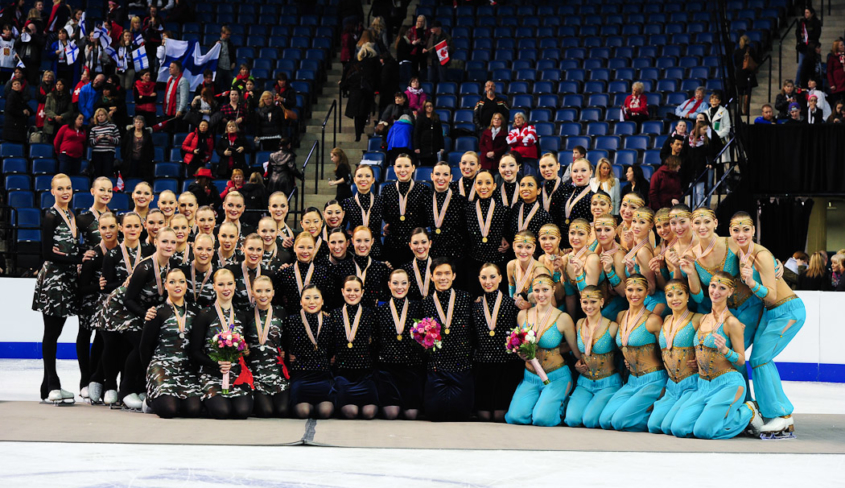
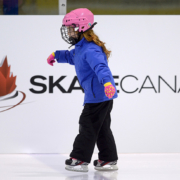
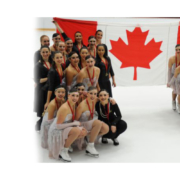
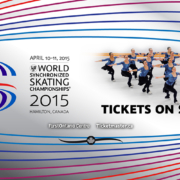
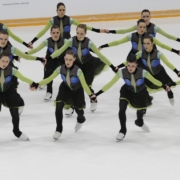
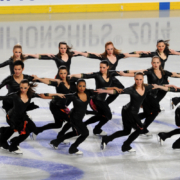
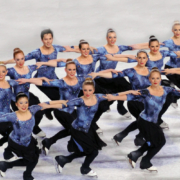
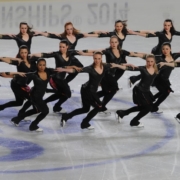
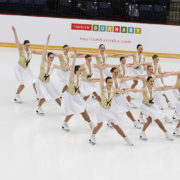


Leave a Reply
Want to join the discussion?Feel free to contribute!